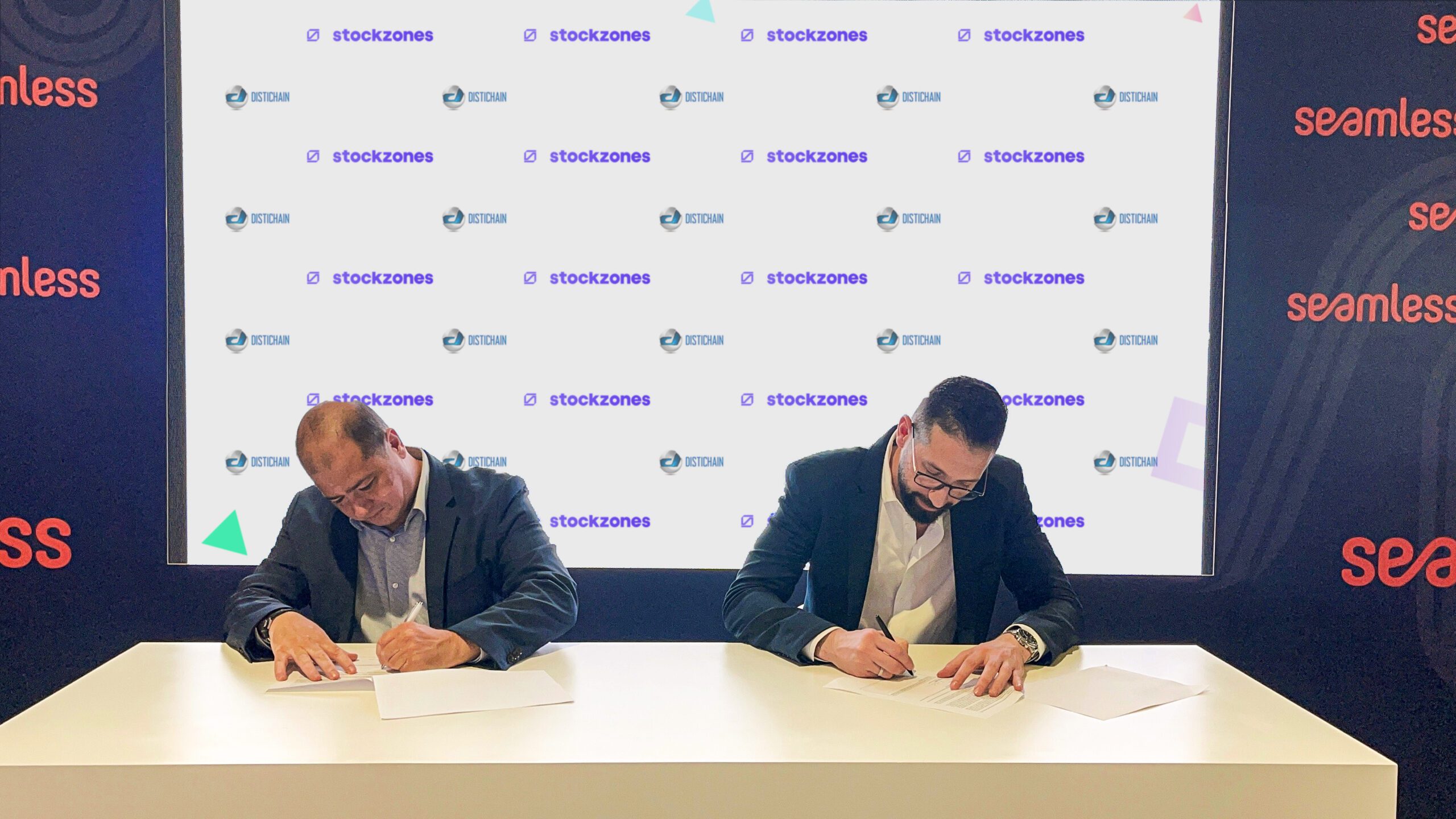As environmental concerns continue to grow, businesses face a formidable task: reducing their carbon footprint. Achieving this goal requires significant operational and strategic changes while maintaining efficiency – a delicate, achievable balancing act. It is crucial for the long-term sustainability of both businesses and the environment.
The solution lies in the transformative power of digitization, carbon offsets, and enhanced supply chain visibility. When integrated into trade workflows, these three elements can significantly reduce a business’s environmental impact without compromising its operational efficiency. This article delves into these elements, exploring their benefits, implementation, and pivotal role in creating a greener B2B future.
The Need for a Greener B2B Future
In today’s B2B trade landscape, sustainability has shifted from a mere choice to an absolute necessity. The increasing environmental concerns and the urgent need to combat carbon dioxide (CO2) emissions have compelled businesses to adopt sustainable practices as a fundamental requirement.
To successfully navigate this transition, key strategies such as digitization, carbon offsets, and enhanced supply chain visibility play a crucial role. Digitization allows businesses to streamline operations, reduce waste, and minimize their environmental impact by leveraging digital technologies.
By embracing these strategies, B2B brands optimize processes and improve efficiency, strategically moving towards a greener future. Aligning with evolving consumer expectations and proactively contributing to the planet through carbon offsets and enhanced supply chain visibility underscores the importance of sustainability in the B2B space.
Carbon Offsets: A Practical and Effective Solution for Sustainability
Carbon offsets have emerged as a practical and effective solution for sustainability. They allow businesses to reduce CO2 emissions by investing in environmental projects elsewhere. These projects, from renewable energy initiatives to reforestation efforts, balance out the carbon emissions produced by the business.
The true power of carbon offsets is realized when integrated into a business’s digital infrastructure. This integration enhances data transparency, making it easier for businesses to track and manage their carbon offsets. This level of transparency is crucial, enabling businesses to accurately assess their environmental impact and make informed decisions about their sustainability strategies.
Further enhancing the benefits of this integration is the implementation of credit solutions. Businesses can earn credits for their carbon offset efforts, providing a tangible way to demonstrate their commitment to sustainability.
Enhanced Supply Chain Visibility: A Key to Lower CO2 Footprint

Building on the concept of carbon offsets, achieving sustainability also requires full transparency throughout the supply chain. This transparency allows companies to improve transportation efficiency, gain insights into the distance and usage of transportation, and significantly reduce their carbon emissions.
One of the ways businesses achieve this is through the use of supply chain visibility software. Such software aggregates and analyzes data from shippers, carriers, and facilities across the supply chain, enabling companies to identify the most impactful areas to target in reducing harmful emissions.
Supply chains are a critical focus in this effort, generating around 60% of all carbon emissions globally (while about 90% of a product’s emissions are from its supply chains). As buyers demand sustainable products and services, and as transparency legislation like the EU’s Sustainable Finance Disclosure Regulation (SFDR) comes into force in 2023, organizations must act to diligently account for emissions and decarbonize their supply chains to stay competitive and relevant.
Companies are recognizing the importance of responsible supply chains. Many companies are recognizing this as a part of their sustainability strategy or also transitioning to circular business models, which help build resilience, protect against volatility, and mitigate risks around resource availability.
Digitization: A Key to Sustainability
The power of data is a key factor in sustainability transformation. A strong digital core, powered by a cloud-based IT foundation and layers of data, AI, applications, and platforms, unlocks enterprise reinvention. It is key to building a resilient supply chain and enabling companies to embed sustainability into supply chains. Technologies that allow for more accurate planning, advanced scenario modeling, product trials, manufacturing process simulation, optimization, and more, enable companies to increase transparency while reducing carbon emissions.
With the power of digital technology, companies can reimagine their supply chains for new resilience, growth, and sustainability across the organization. By enhancing supply chain visibility, businesses can make more informed decisions, optimize their operations, and significantly reduce their environmental impact. This is a crucial component of a greener B2B future.
A Future of Green B2B Trade
The integration of digitization, carbon offsets, and enhanced supply chain visibility is shaping the future of B2B trade. These solutions help businesses reduce their carbon footprint and offer a competitive advantage in the increasingly eco-conscious market.
As we move forward, the transition to greener practices will become integral to business strategy, driving growth and sustainability. Businesses that embrace these changes will contribute to a healthier planet and build more robust, resilient operations.
The future of B2B trade is green, and the journey towards it is filled with opportunities for innovation, efficiency, and progress. It’s a future where sustainability and business success go hand in hand, leading to a healthier planet and a thriving global economy.
Pave the way to a greener B2B future with an all-in-one B2B marketplace. Learn more.












